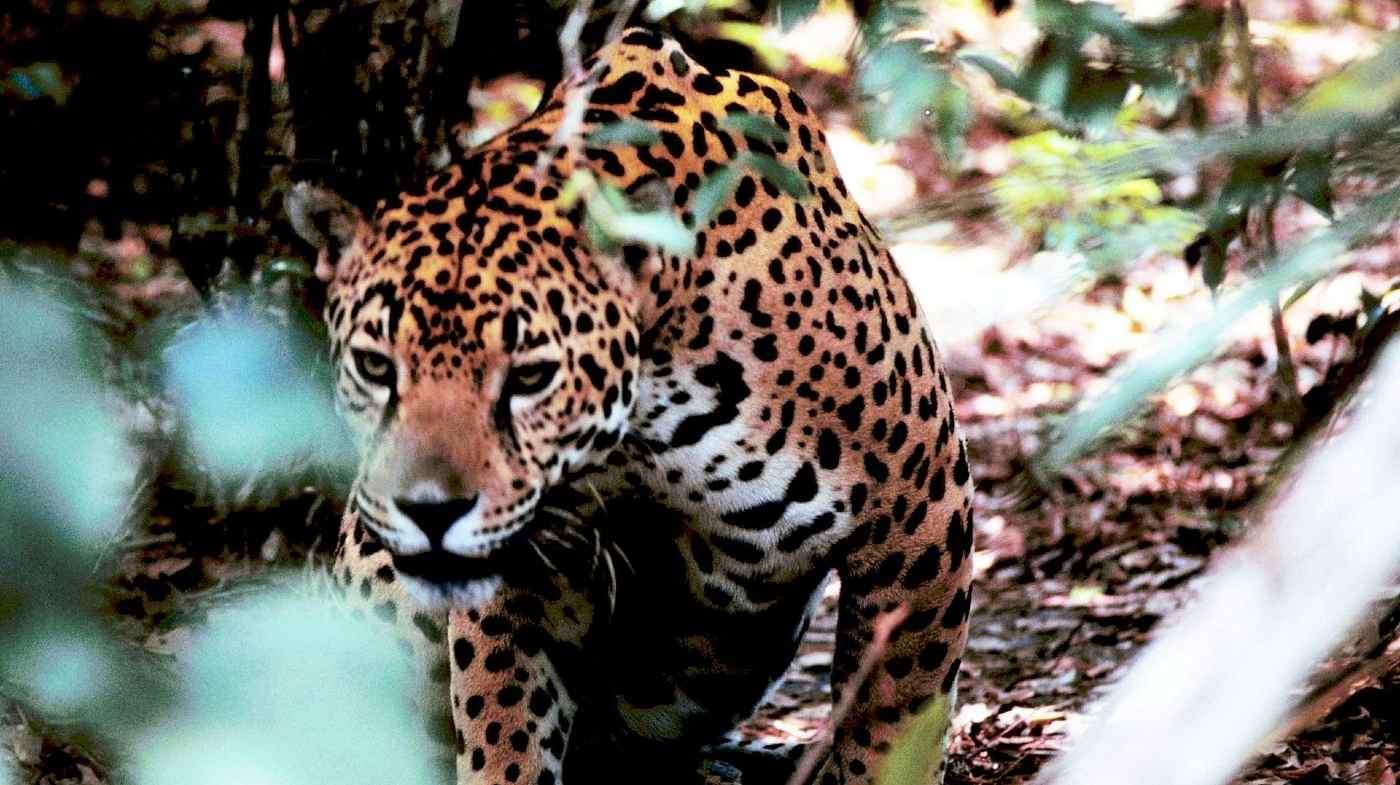British Man Can Fill Up His Gas Tank For Less Than $10
Meet the man with Britain's lowest fuel bill as he drives the world's smallest car, which costs just £7 ($9) to fill up. His name is Alex Orchin.

Decades ago, a radical idea was born to protect the Maya Forest in Belize. What if NGOs, the government, community leaders, and businesses could form a coalition to conserve one of the world's last remaining pristine rainforests?
Now that dream is a reality, with more than a dozen organizations coming together to protect 236,000 acres of land that represents an irreplaceable linchpin in the conservation of the largest remaining tropical forests in the Americas, outside the Amazon.
This new protected area is contiguous with and nearly doubles the size of the adjacent Rio Bravo Conservation Management Area previously protected through efforts led by The Nature Conservancy. Combined, it represents 9% of the landmass of Belize and secures a vital wildlife corridor in Central America's dwindling forests.
Together, these new protections will fill a critical gap in a vast forest network called the Selva Maya—38 million acres of forest that includes 11 million acres of parks and protected areas across Central America.
Since 2011, the Maya Forest Corridor that connects Belize's Maya Mountain Massif to the Belize Maya Forest has faced deforestation rates almost four times the national average, driven primarily by clearing land for industrial-scale agriculture. That was the fate that seemed very likely for this tract of land as well.
Securing protection for this climate and nature-critical ecosystem means preserving habitat for some of the world's most iconic wildlife species like jaguars and ocelots, as well as preserving a significant living carbon reserve that represents a natural solution to climate change.
This project is a premier example of this sort of solution, preserving significant amounts of sequestered carbon, that would otherwise be lost due to deforestation, while offering valuable co-benefits, especially to biodiversity.
A post shared by The Nature Conservancy (@nature_org)
"In a warmer, more crowded world, the last best places to protect nature for biodiversity and climate solutions are mission critical," said Dr. Jeffrey Parrish, Global Managing Director for nature protection at The Nature Conservancy. "Innovative and collaborative protection of nature is essential not only for the survival of species like jaguars, but also for sustainable livelihoods, clean air, water security, and for addressing the climate crisis."
Natural climate solutions are conservation, restoration, and improved land management actions that increase carbon storage or avoid greenhouse gas emissions in landscapes and wetlands across the globe. Combined with innovations in clean energy and other efforts to decarbonize the world's economies, natural climate solutions offer some of our best options in the response to climate change.
The Belize Maya Forest is a tropical biodiversity hotspot, home to 200 species of trees across a patchwork of forest, savanna, and wetland, as well as over 400 species of birds, over 100 of them migratory.
Charismatic megafauna that depend on this precious ecosystem include tapir, howler monkeys, and spider monkeys—together with some of Central America's largest surviving populations of jaguar, puma, margay and other native cats.
According to a statement, partners who made the Belize Maya Forest conservation project possible through years of effort include the Cornell Lab of Ornithology, International Tropical Conservation Fund, Global Wildlife Conservation, Mass Audubon, The Nature Conservancy, Rainforest Trust, and many others.
"This enormous forest tract is a linchpin for large scale conservation of the Mayan Forest, but its future hanged in the balance for decades," John Fitzpatrick, director of Cornell Lab of Ornithology said. "Permanent protection of this huge parcel contributes all-important connectivity and scale for preserving the largest tropical forest ecosystem in Central America." This win for the rainforest in Belize is hopeful indeed, and it's especially welcome during Earth Month.
SHARE The Good Conservation News From Belize With Friends…
Be the first to comment